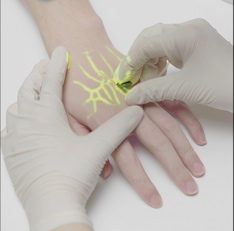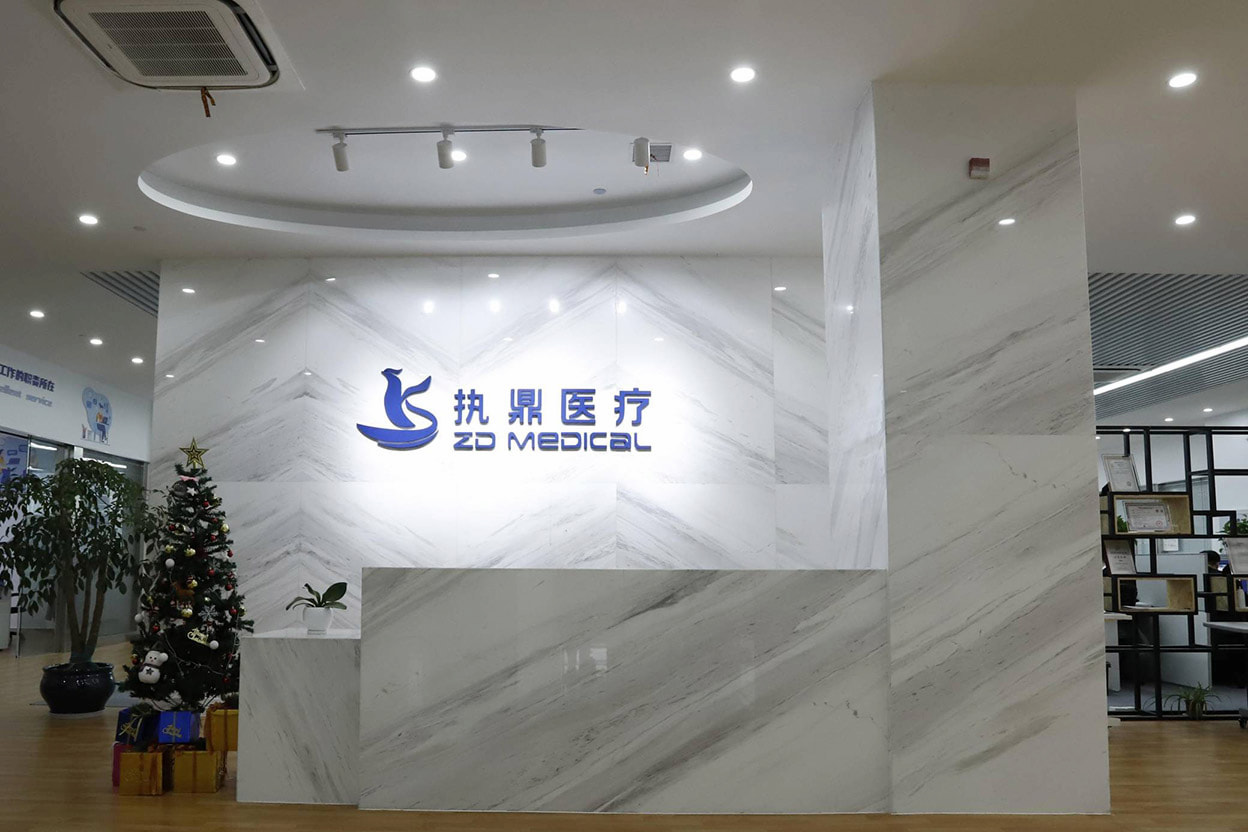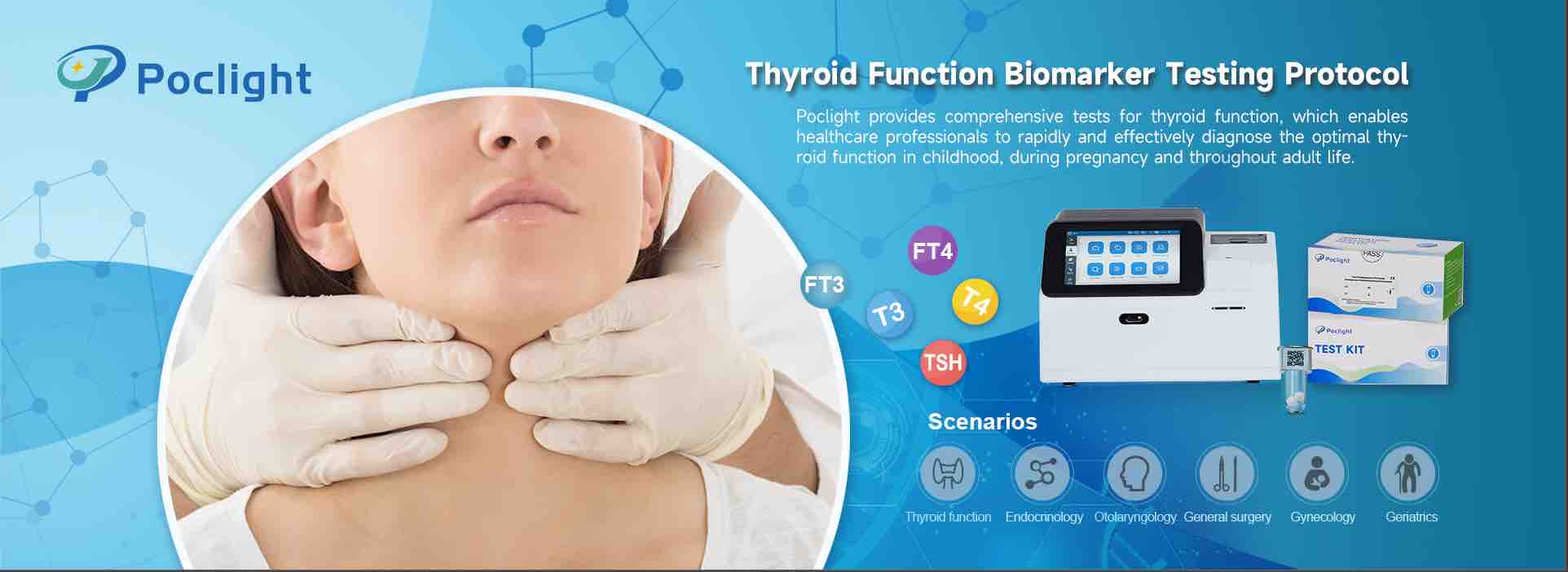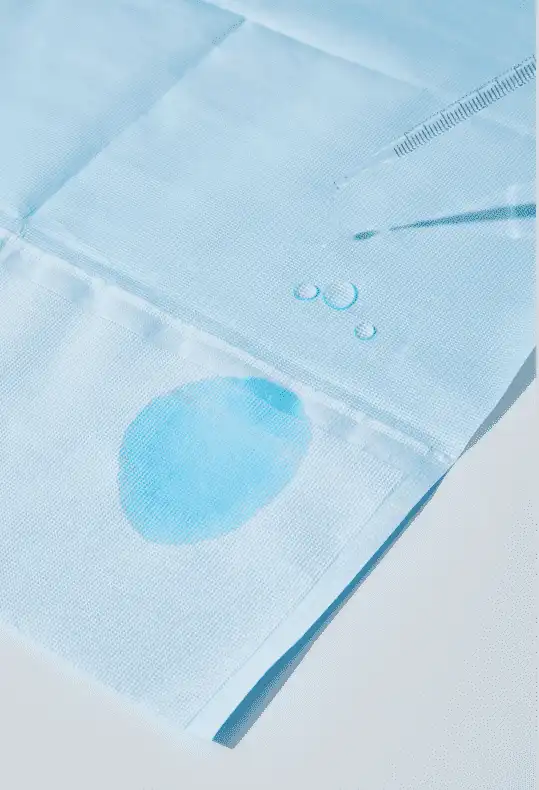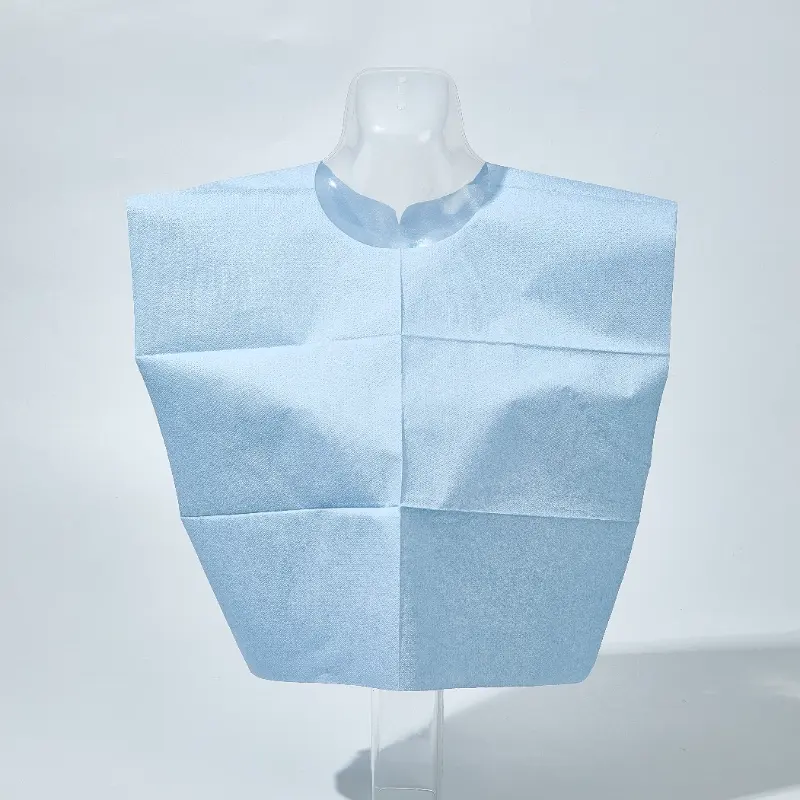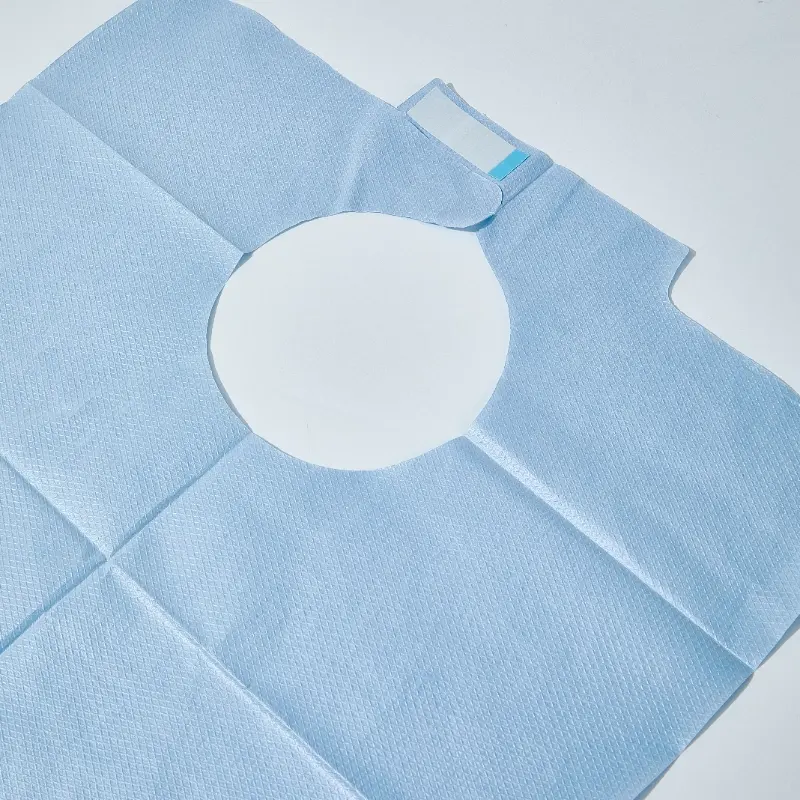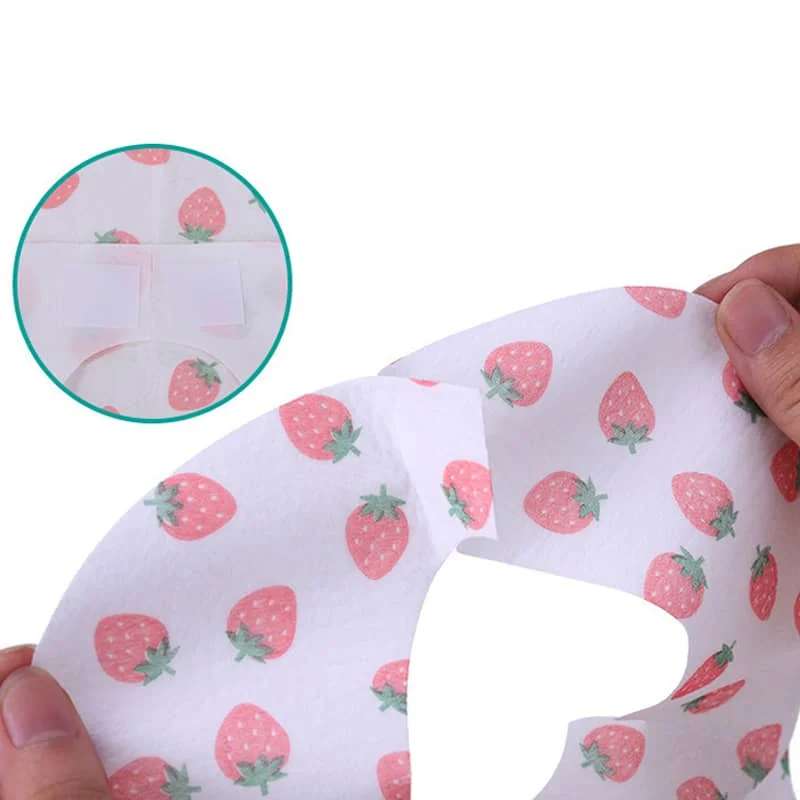Total laparoscopic hysterectomy is a widely used clinical procedure to fully explore the pelvic-abdominal cavity through laparoscopy and reduce surgical risk. Anatomically, the anterior wall of the uterus is densely adherent to the bladder, and the posterior wall of the uterus is densely adherent to the rectum, which is used to determine the success of laparoscopic vaginal total hysterectomy, while total laparoscopic hysterectomy avoids this separation, resulting in less trauma to the patient and faster postoperative recovery [1-2]. However, total laparoscopic hysterectomy has high requirements for the primary medical instruments. The performance of different instruments can even impact the success of the surgery [3], and intraoperative severing of the uterine tubes, round ligaments, aortosacral ligaments,, and uterine vessels,prompt hemostasis is essential to minimize bleeding. Vessel sealer dividers and ultrasonic scalpels are commonly used auxiliary hemostatic instruments and are widely used in clinical practice.
Ultrasonic scalpel is the mechanical energy converted from ultrasound. It can generate high-frequency vibration, break protein hydrogen bonds, andconvert protein into collagen to seal blood vessels.Simultaneously, the heat generated by the high-frequency vibration and friction of the ultrasonic scalpel can safely separate and cut tissues, and can complete the functionsof separation, hemostasis and cutting at one time [4].
AGISEAL, independently developed by ShouLiang-med, is a novel vessel sealer dividers. It can output high-frequency electrical energy without completely exposing the blood vessels, dissolve and denature the patient's tissue fibrin and collagen, and combine with jaw pressure to form an almost transparent closure band to close the lumen. It also has the advantages of fast closure speed, no smoke, no impact on the surgical field, low local temperature, and little damage to surrounding tissues.
Study [5] shows that vessel sealing devices result in less intraoperative bleeding and shorter hospital stays compared to ultrasonic scalpels, indicating that vessel sealing devices can effectively reduce bleeding during surgery and promote postoperative recovery. The reason for this, as analyzed, is that ultrasonic scalpels may form eschar, which carries a risk of tissue tearing and postoperative bleeding. In contrast, vessel sealing devices do not form eschar and do not require dissection of surrounding vascular tissues, thereby resulting in less intraoperative bleeding.
The ovaries, as female gonads, are not only related to fertility but also affect endocrine function and the menstrual cycle. Research also indicates that vessel sealing devices have a smaller impact on ovarian function. The analysis attributes this to their lesser impact on uterine blood vessels, leading to reduced bleeding. Since blood supply and follicles in the ovarian cortex are key to ovarian function, this results in less impact on the ovaries.
In summary, both vessel sealing devices and ultrasonic scalpels are safe and reliable for use in total laparoscopic hysterectomy. However, vessel sealing devices have less impact on postoperative ovarian function.
References:
[1] Wu Mian, Li Yuqin, Wu Yanwen, et al. Clinical observation of three different postoperative analgesia methods in total laparoscopic hysterectomy [J]. Journal of Bengbu Medical College, 2022, 47(3): 330-333.
[2] Wang Kun, Wu Xiaoqiong, Zheng Xiaoling, et al. Value of DWI combined with serum miR-375 levels in evaluating long-term lymph node metastasis after total laparoscopic hysterectomy in cervical cancer patients [J]. Oncology Imaging, 2022, 31(3): 316-322.
[3] Muramatsu T, Sugiyama T, Kuriyama Y, et al. A case of uterine cervical adenocarcinoma in which initial total laparoscopic hysterectomy was performed for suspected atypical endometrial hyperplasia [J]. Tokai J Exp Clin Med, 2020, 45(1): 5-9.
[4] Gu Zhanguo, Shi Fumin, Zhai Jian, et al. Protective effect of ultrasonic scalpel combined with cosmetic incision on facial nerve during parotid tumor surgery [J]. Journal of Hebei Medical University, 2020, 41(2): 154-157.
[5] Tong Yajuan, Meng Yinxia, Li Yuanyuan. Comparison of the application effects of ultrasonic scalpel and LigaSure in total laparoscopic hysterectomy [J]. Henan Medical Research, 2024, 33(21): 3916-3919.

